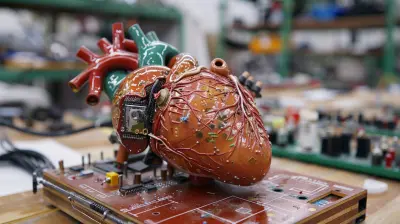How to Use Positive Behavior Support for Students with Learning Disabilities
18 June 2025
Managing classroom behavior can feel like juggling flaming swords—especially when you have a mix of different learning needs under one roof. But here’s the good news: You don’t have to be a miracle worker or a magician. You just need the right tools and mindset. One of those tools? Positive Behavior Support (PBS).
If you’ve ever wondered how to help students with learning disabilities thrive without spending every second putting out behavior "fires," this guide is for you. Let's unpack how Positive Behavior Support can create meaningful, lasting change for students—and make your life as an educator a whole lot easier.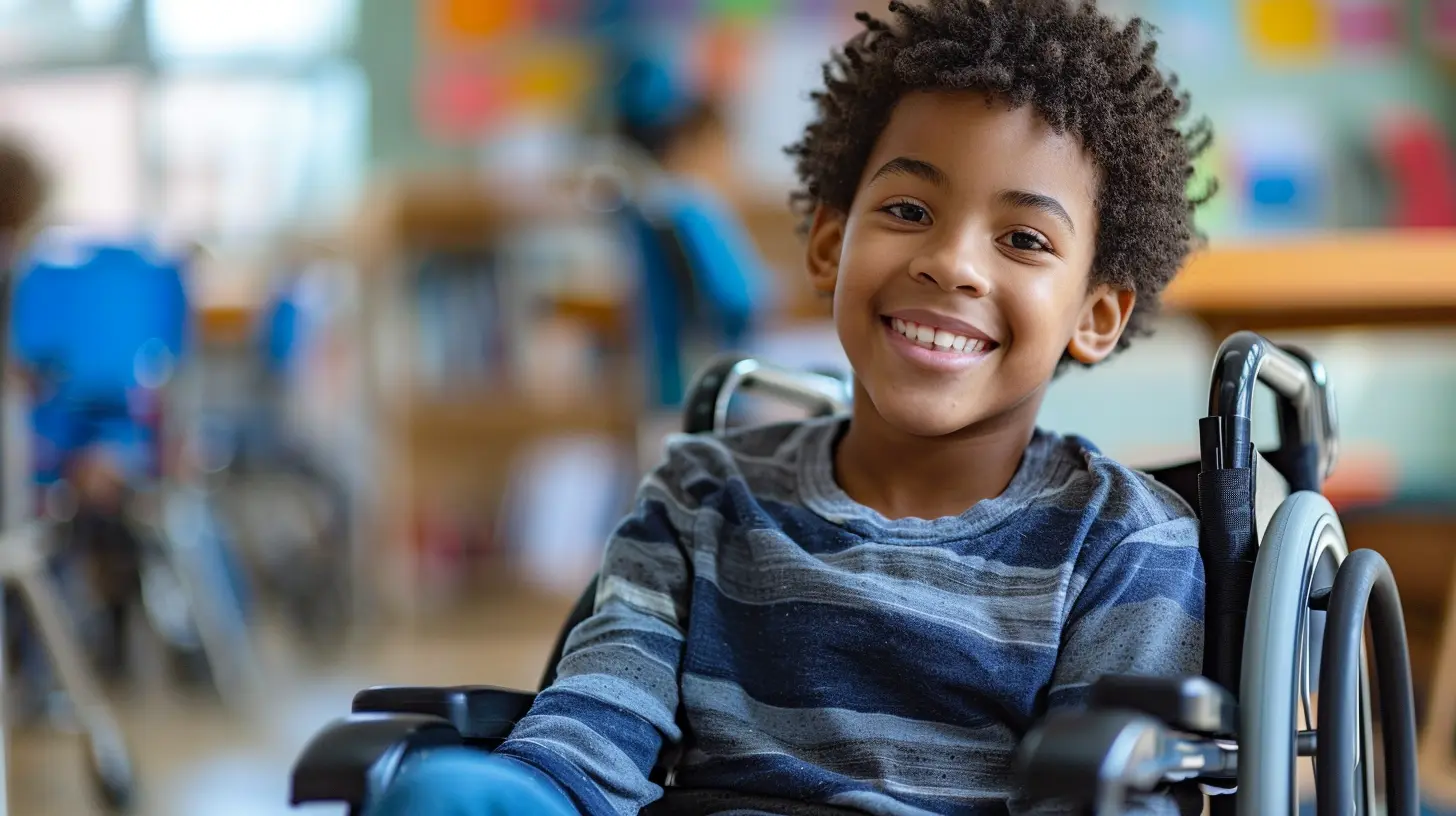
What is Positive Behavior Support (PBS)?
Before we dive into the how, let’s talk about the what.Positive Behavior Support is more than just giving kids stickers for good behavior (although who doesn’t love stickers?). It’s a proactive, research-backed approach to promoting positive behavior by:
- Understanding why challenging behaviors happen,
- Teaching new, more appropriate behaviors, and
- Creating environments that support students emotionally, socially, and academically.
Think of PBS as a GPS for guiding students toward better choices instead of reacting after they’ve already taken a wrong turn.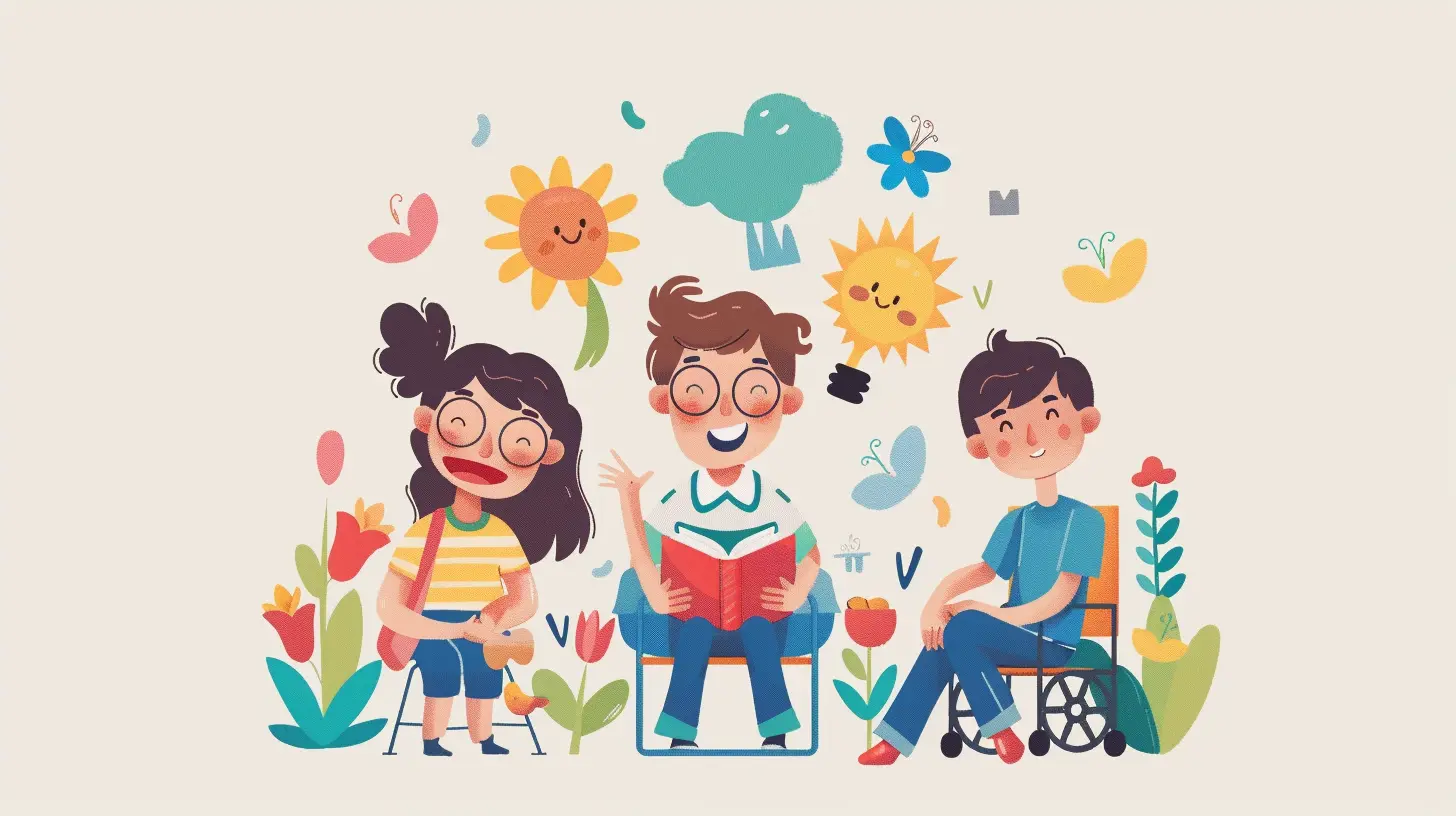
Why Use PBS for Students with Learning Disabilities?
Here’s the thing: students with learning disabilities often face unique challenges that affect not only their academic performance but also their behavior. Imagine trying to build a Lego masterpiece without the instruction manual—frustrating, right?These students might struggle with:
- Processing instructions,
- Organizing their thoughts,
- Regulating emotions, or
- Staying focused in a noisy classroom.
Sometimes, behavior issues stem not from defiance, but from frustration, anxiety, or plain old confusion.
That’s where PBS shines. Instead of punishing or labeling, PBS addresses the root causes and helps students build skills in a safe, structured way.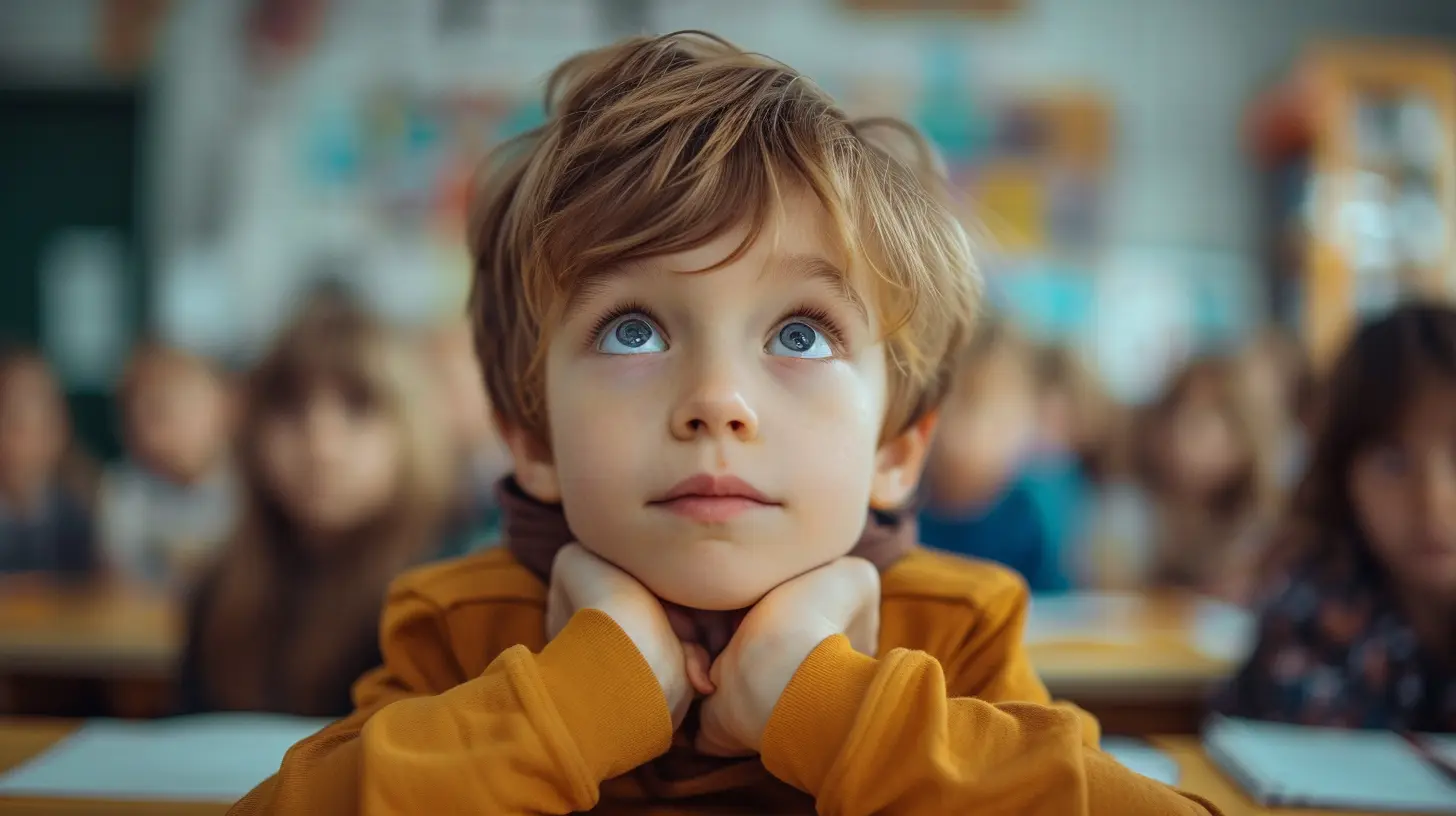
The Core Principles of PBS
Let’s break it down. Positive Behavior Support rests on a few key principles:1. Prevention: Avoid behavior issues before they start.
2. Teaching: Show students what to do instead of just telling them what not to do.
3. Consistency: Stick to clear, positive expectations.
4. Data: Use data (yes, even a simple journal) to track progress and tweak strategies.
5. Collaboration: Involve teachers, parents, counselors, and (yes!) the students themselves.
These principles are like pillars holding up the roof of a sturdy classroom environment. Without them, things can get a little wobbly.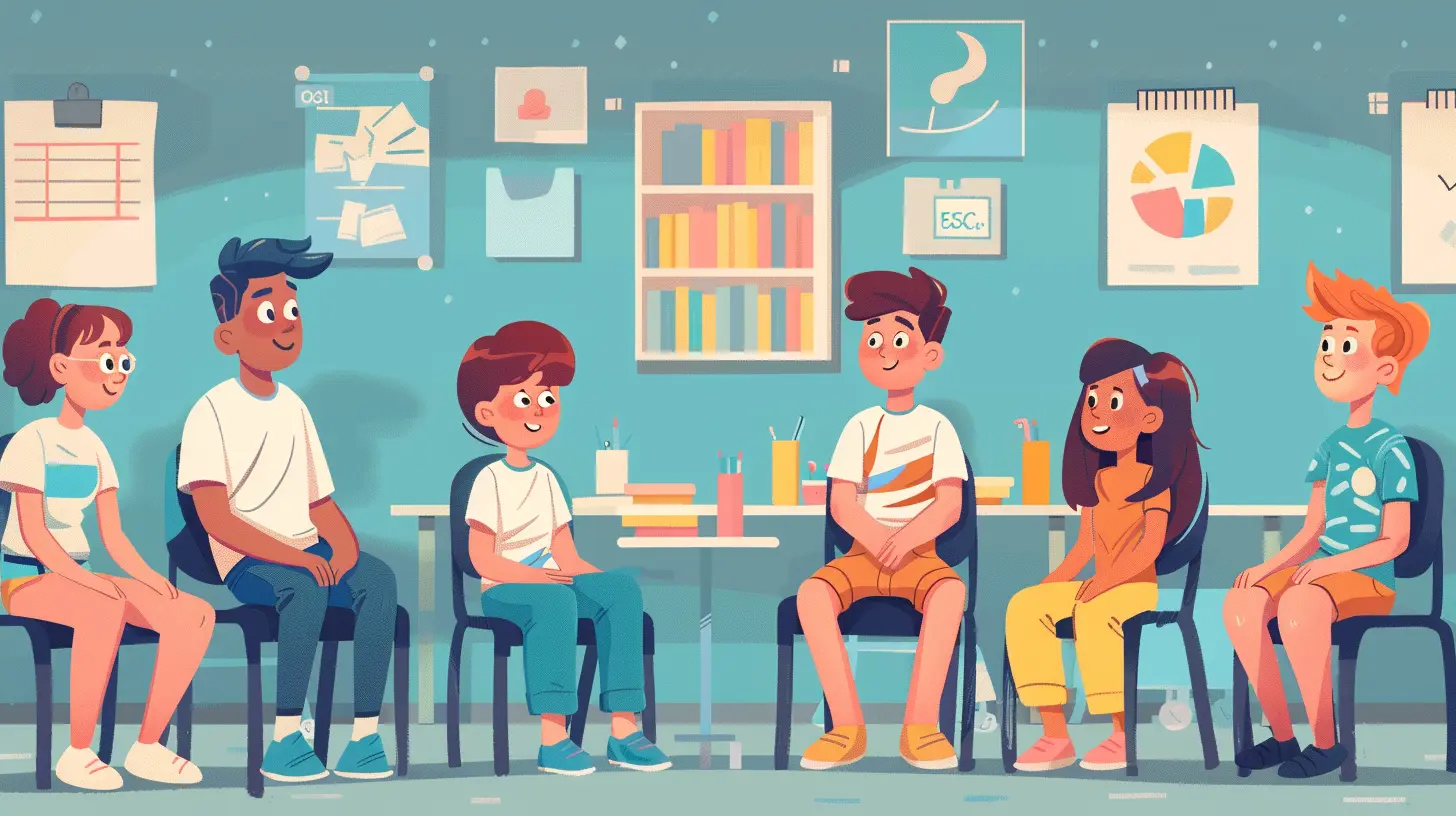
Step-by-Step: How to Use Positive Behavior Support in Your Classroom
Ready to go from chaos to calm? Let’s walk through how to actually implement PBS for your students with learning disabilities.1. Know Your Students’ Strengths and Needs
Start with understanding. Every student is a mix of abilities, challenges, interests, and quirks.🔍 Try this:
- Review IEPs or 504 Plans.
- Meet with special ed staff.
- Observe students in different settings.
- Talk to them—yes, really! Ask how they feel about school, their goals, and what helps them stay on track.
Knowing who your students are is like getting the cheat code to connect with them on a deeper level.
2. Set Clear, Positive Expectations
Rules get a bad rap, but when done right, they’re actually empowering.Instead of a long list of “don’ts,” try “do’s” like:
- Be kind.
- Listen actively.
- Try your best.
Keep it simple. Post it on the wall. Say it often. Celebrate when students follow them.
📝 Pro Tip: Involve students in creating classroom expectations—they're more likely to follow rules they helped shape.
3. Teach Social and Emotional Skills
Academic skills are important, but let’s not forget social and emotional skills. Students with learning disabilities may need explicit instruction in:- Managing frustration,
- Asking for help,
- Waiting their turn, or
- Working with peers.
You wouldn’t expect a student to solve a math problem without being taught the formula, right? Same goes for behavior.
🚀 Try role-playing, social stories, or even videos to teach these skills in a fun, low-pressure way.
4. Reinforce Positive Behavior
Catch ‘em being good. Seriously, students often hear more about what they're doing wrong than what they’re doing right. Flip the script.💡 Use positive reinforcement like:
- Praise (“I love how you waited patiently!”),
- Tokens or points,
- Special responsibilities (line leader, anyone?),
- Notes home to parents.
It’s not bribery. It’s motivation. It says, “Hey, I see you trying—and I appreciate it.”
5. Use Visual Supports and Routines
Ever feel like you repeat yourself a hundred times a day? Visual aids can save your voice and your sanity.📊 Use:
- Visual schedules,
- Behavior charts,
- Illustrated rules,
- Cue cards.
These tools help students understand what’s happening next and what’s expected. Structure and predictability are lifesavers for kids who struggle with processing.
6. Redirect, Don’t Punish
When a student misbehaves, it’s tempting to go into drill-sergeant mode. But punishment alone rarely changes behavior. Instead, redirect.For example, instead of saying, “Stop shouting!”, try “Let’s use our calm voice.”
This keeps the tone positive and teaches a replacement behavior. After all, yelling at a student to stop yelling is...well, kind of ironic, isn’t it?
7. Collect and Use Data
Don’t worry—you don’t need a spreadsheet empire. Just keep simple notes:- What behavior happened?
- When and where did it occur?
- What was going on before and after?
This helps identify patterns. Maybe a student always acts out before math? Maybe transitions trigger meltdowns? With data, you become a behavior detective—and every mystery has a solution.
8. Partner With Parents and Specialists
You’re not in this alone. Behavior support works best when it’s a team sport.🏡 Reach out to:
- Parents: Share successes and strategies.
- Special education teachers: Collaborate on interventions.
- School counselors or psychologists: Tap into their expertise.
When everyone’s on the same page, students get consistent support that sticks.
Addressing Common Challenges with PBS
Let’s be real—PBS isn’t a magic wand. Sometimes it’s trial and error. Here are a few common bumps in the road—and how to smooth them out:“It takes too much time.”
Yes, it takes effort upfront. But once systems are in place, things run smoother—and you spend less time dealing with disruptive behavior.Think of it as meal-prepping for your classroom. A little work now = easier days ahead.
“Some students don’t respond.”
Not every strategy works for every student. That’s okay. Tweak it. Try new reinforcers. Change your approach. Remember: behavior is communication. Keep listening.“I don’t have enough support.”
Start small. Implement PBS with one student or one routine. Share successes with your team to gain buy-in. Little changes can lead to big shifts.Celebrating Success: What PBS Looks Like in Action
Ever seen a student go from daily meltdowns to calmly asking for a break when overwhelmed? That’s PBS at work.Or how about a student who used to interrupt constantly now raising their hand and waiting (most of the time)? That’s the result of teaching, not punishing.
PBS doesn’t just change behavior—it builds confidence, relationships, and trust. It helps students with learning disabilities not just survive in school but actually enjoy it.
Final Thoughts: Why It Matters
At the end of the day, Positive Behavior Support is about seeing the whole child—not just the behaviors on the surface. It’s about giving students the tools to succeed, even when they learn differently.PBS takes patience, yes. But it also brings joy—the kind you feel when a student finally believes in themselves, or you have a day when the classroom just clicks.
And isn’t that why we got into teaching in the first place?
So keep going. Keep trying. And remember, small steps can lead to giant leaps.
all images in this post were generated using AI tools
Category:
Learning DisabilitiesAuthor:

Bethany Hudson
Discussion
rate this article
2 comments
Levi McCool
Great insights! Positive Behavior Support effectively encourages desired behaviors, fostering a supportive learning environment for students.
June 21, 2025 at 2:23 AM

Bethany Hudson
Thank you! I'm glad you found the insights helpful. Positive Behavior Support truly makes a difference in creating inclusive and supportive environments for all students.
Ramona Rios
Empathy and encouragement create lasting positive change.
June 18, 2025 at 3:49 AM

Bethany Hudson
Absolutely! Empathy and encouragement are essential in fostering a supportive environment that empowers students with learning disabilities to thrive.

